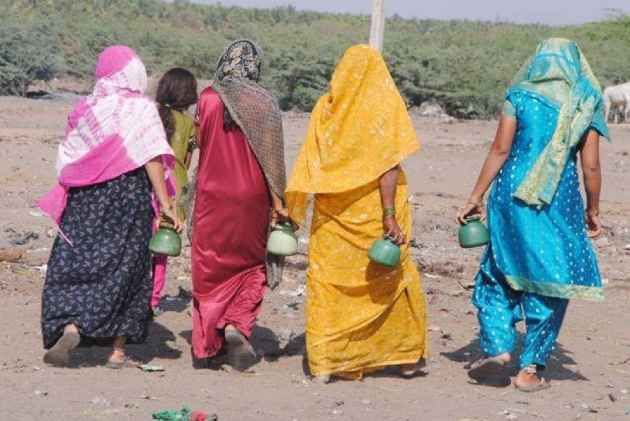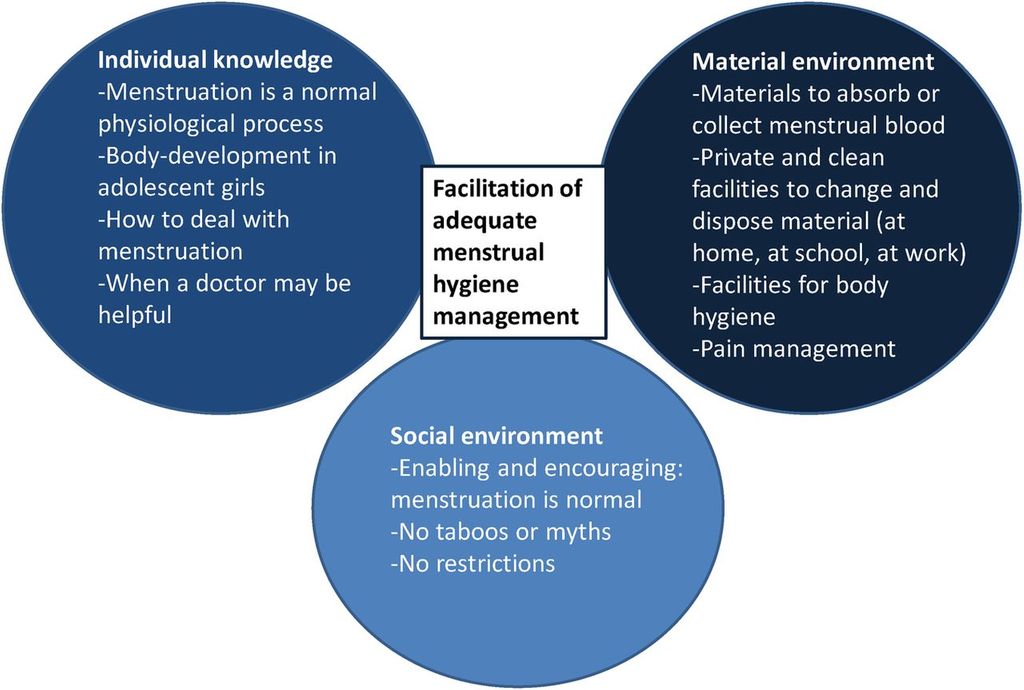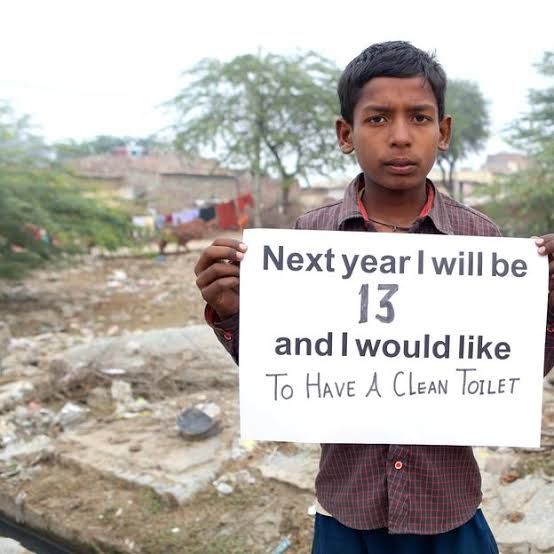Women Sanitary Situation Of India
Jan 16, 2019 • 38 views

Globally 2.4 billion people live without access to improved sanitation out of which, 1 billion people practice open defecation. 80 per cent of the diseases in India is waterborne or through water contamination. India has the largest population who practice open defecation and high child mortality rate due to poor water, hygiene and sanitation conditions.
In the context of women and children's health and economic results, the areas where impact of poor sanitation is clearly visible are - menstrual hygiene and sanitation issues as barriers to school attendance of girls, areas where women work under poor/no sanitation facilities, under-nourishment and dehydration among pregnant women and new mothers and a children's health during first 1000 days.

Women are often vulnerable to harassment or violence when they go out to fetch water for washing clothes and personal hygiene, use shared toilets, or practice open defecation. The shame and indignity of defecating in the open affect their self-esteem. Several women wait to relieve themselves after the sun-set which increases the risk of physical attack and sexual violence.
They limit their food and water consumption to delay the need to relieve them. It leads to health problems e.g. dehydration, urinary tract infections and constipation. Diarrhoea which is largely caused by poor water, sanitation and hygiene, is a leading cause of malnutrition, stunting and preventable deaths among children during first 1000 days.
12-year-old Bholi’s uterus was removed because she had contracted a reproductive tract infection. Bholi belongs to a small village in Madhya Pradesh and represents a large population of Indian women who suffer at the hands of illiteracy. Just like Bholi, millions of women in India fall prey to low standards of sanitation and menstrual hygiene.

The current state of menstrual hygiene and sanitation in India is in a pathetic state. As per records, if only 18% of women have known how to use a sanitary napkin, the unrecorded number would be far lesser than this.
Bihar is followed by Chhattisgarh, with only 32.7% of households reporting the use of the improved sanitation facilities. Uttar Pradesh, with the highest under-five mortality rate of 78, also reported the highest prevalence (15%) of children suffering from diarrhoea prior to the survey.

The link between the lack of toilets and sexual assault is not limited to rural India, even though the risk is higher in rural areas because women have to go out into isolated fields, making them more vulnerable to assault.
Human waste is often discharged into storm drains, waterways, or landfills due to a lack of proper infrastructure, equipment and incentives, thus leading to contamination of water sources and posing a potential threat to human health and environment.

India is still lagging far behind many countries in the field of environmental sanitation. The unsanitary conditions are appalling in India and need a great sanitary awakening. Improvement in sanitation requires newer strategies and targeted interventions with follow-up evaluation.

The need of the hour is to identify the existing system of environmental sanitation with respect to its structure and functioning and to prioritize the control strategies according to the need of the country.
